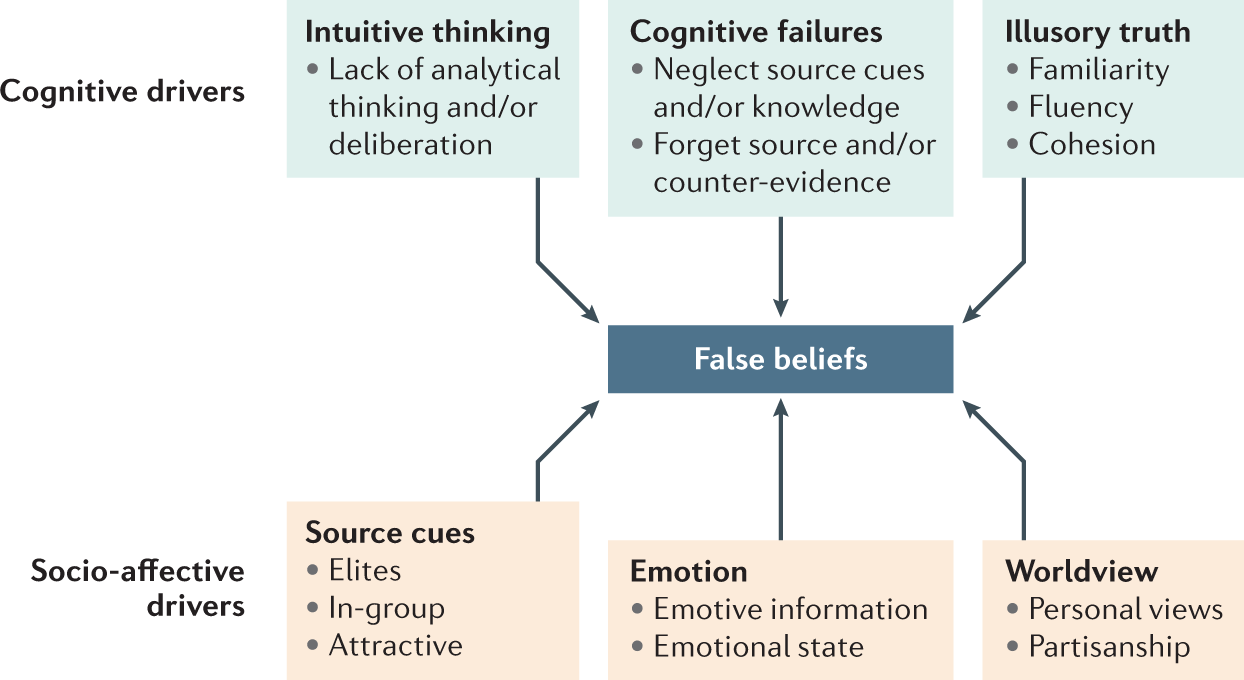In an era dominated by artificial intelligence, personalized feeds, and decentralized media, conspiracy theories are no longer confined to fringe forums or late-night radio. They’re viral, algorithmically amplified, and dangerously persuasive. From QAnon to anti-vaccine myths, today’s digital conspiracy theories have evolved into cultural contagions—manufactured, packaged, and distributed with the efficiency of a tech startup.
The Psychology of the Rabbit Hole
Every click, like, and share is a data point. Social media platforms use this behavioral data to feed users increasingly extreme content that maximizes engagement. This feedback loop—powered by machine learning—creates confirmation bubbles where users rarely see information that contradicts their beliefs.
“You’re not discovering conspiracy theories,” says digital culture researcher Maya Fenwick. “They’re discovering you.”
What begins as casual interest in alternative health or political skepticism can quickly devolve into belief systems that involve secret cabals, blood rituals, or government microchips. The pathway is designed to feel organic—but it’s anything but.
Algorithms Don’t Care About Truth
Recommendation engines on platforms like YouTube, Facebook, X (formerly Twitter), and TikTok reward emotionally charged content. Conspiracy content performs well because it is provocative, entertaining, and taps into deep psychological biases.
A 2018 study from MIT found that false stories spread six times faster than true ones on Twitter. Why? Because the false ones are novel and emotionally activating.
From Memes to Movements
Modern conspiracy theories like Pizzagate, QAnon, and the Great Reset often begin as memes, Reddit threads, or cryptic TikToks. But with enough velocity, they turn into real-world movements, complete with merchandise, influencers, and political influence.
Some common traits of viral conspiracies:
- Us vs. Them narrative
- Secret knowledge appeal (“only we know the truth”)
- Weaponized content using videos, AI-generated images, or fake documents
- Community building through hashtags and encrypted group chats
These are no longer isolated beliefs—they’re algorithmically cultivated ideologies.
The New-Age “Digital Cults”
Unlike traditional cults, digital conspiracy networks don’t require physical proximity or central leadership. The “cult” is the algorithm, the ideology is the content, and the leader is a rotating cast of influencers and AI-generated personas.
“Digital cults are more decentralized and harder to dismantle,” says cybersecurity analyst Dr. Amir Malik. “You can’t cut off the head when there isn’t one.”
Why This Matters
While some view these digital narratives as harmless escapism or niche belief systems, the real-world effects are deadly serious. From January 6th insurrectionists to COVID-19 denialism, conspiratorial thinking has directly influenced violence, public health, and democratic institutions.
Can Tech Fix What It Broke?
The solutions are not easy
- Transparency in algorithmic design
- Platform accountability
- Digital literacy education
- Deamplification of harmful content
However, many platforms are reluctant to curb virality that drives revenue. Until tech companies prioritize ethical design over engagement metrics, disinformation will continue to outpace facts.
Conclusion
The modern conspiracy theory is a product of psychology + technology + content strategy. It’s no longer about believing the earth is flat—it’s about trusting nothing but your feed. If tech platforms helped birth this new breed of disinformation, it’s only fair they help bury it.
SEO Best Practices Applied:
- Keyword in H1, subheadings, and throughout content
- Featured snippet-friendly format (lists, short answers)
- Semantic variations (e.g., “false stories,” “digital cults,” “algorithmic disinformation”)
- Natural internal linking potential (e.g., to AI content, social engineering, cybersecurity articles on your site)
Would you like:
- A version of this uploaded to your CMS (WordPress, Shopify, etc.)?
- Visuals or infographics to accompany this article?
- A full content cluster built around this topic?







